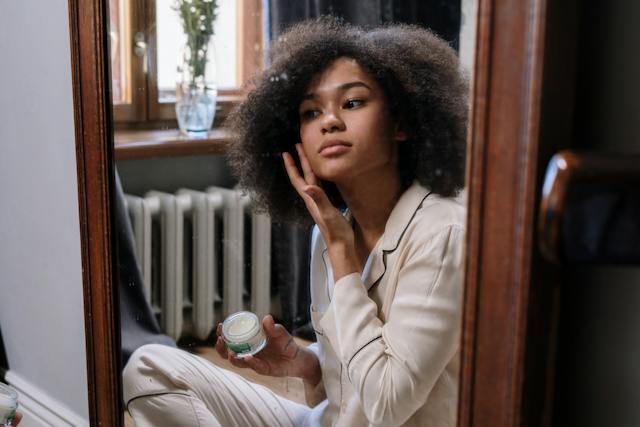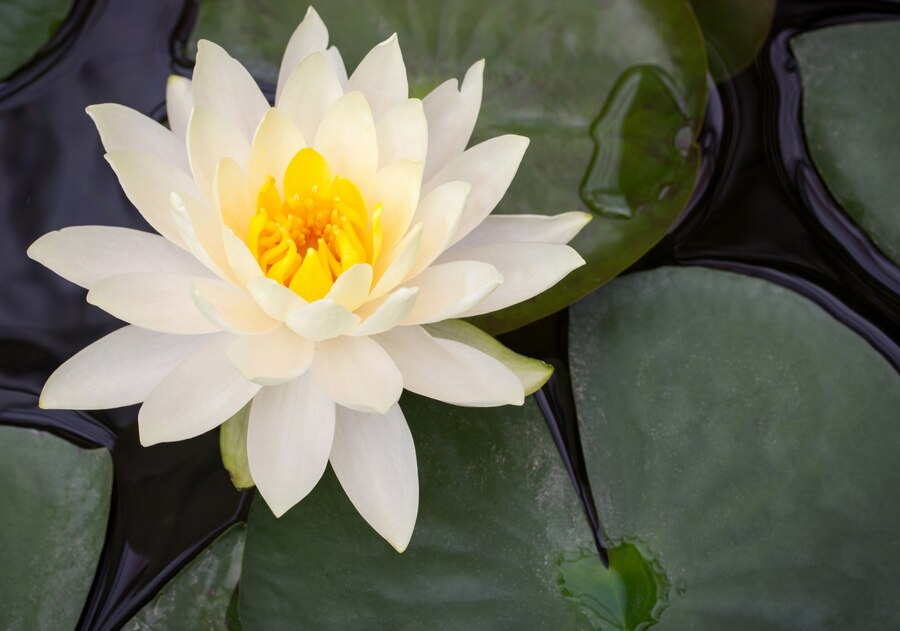This article is for information purposes, and you should seek a doctor’s advice.
The occurrence of tiny black dots on the skin can be alarming, especially if you’ve never suffered from any skin condition. The problem is that you might not be able to tell whether it deserves medical attention.
Become an insider. Subscribe to our newsletter for more top trending stories like this!
Several factors lead to black dots on your skin, including aging, hormonal changes, or sun exposure. Should you be worried? Keep reading to find out.
Check out beauty products on Amazon.
People Also Read: 10 Shaving Creams Every Black Man Should Try
Types of Black Dots
Different types of tiny black dots show on your skin. Let’s explain some of them and what you can do about them.
People Also Read: Biracial Baby Hair Care: What You Ought to Know
Freckles
Freckles are one type of tiny black dots on the skin. Most people with freckles are normally born with them, and are genetic. You’re more likely to develop freckles if you come from a family where they’re prevalent. That said, they can be triggered by exposure to the sun due to increased levels of melanin production.
Black people suffer from two types of freckles: ephelides or solar lentigines. Sunburns and sun exposure cause ephelids. They are flat, tan, or brown and red. You can see them on the face, arms, upper back, and chest.
Solar lentigines appear as a result of long exposure to sunlight. They’re brown, yellow to red spots that mostly develop on people over the age of 40. These are also referred to as age spots.
Should you be worried? Freckles are largely harmless, but if you have them, you should minimize your exposure to the sun. If not, they can become darker and lead to skin cancer. Additionally, apply sunscreen and wear hats, or long-sleeved clothing.
People Also Read: Wave Cap & Durag: What Is the Difference?
Lentigo
Lentigines are another type of tiny black dots on the skin. Their name comes from their resemblance to lentils. They’re flat, darker, irregular, not itchy, and non-cancerous. These spots can grow over a long period or appear suddenly, and some can disappear on their own.
This skin condition is caused by exposure to the sun and genes. The most common form of lentigo is the lentigo simplex, which appears on the arms and legs. They can be seen at birth or in childhood but can disappear in time.
The exposure triggers solar lentigo, as the name suggests to the sun. People over 40 are susceptible to it, although younger people can also get it. You’ll see them in the areas of your skin largely exposed to the sun like back, hands, sun, or shoulders.
The other types of lentigo include
- Ink spot lentigo.
- Tanning bed lentigo.
- Radiation lentigo.
- PUVA lentigo.
All types don’t pose a medical hazard. As such, there’s no need to have them removed. However, you can choose to remove them as a cosmetic process.
To avoid developing lentigo, reduce your exposure to the sun and use sunscreen whenever you’re out.
People Also Read: 10 Lotions Black Men Should Try Out in 2023
Become an insider. Subscribe to our newsletter for more top trending stories like this!
Melasma
If you have tiny black dots on skin, it may be caused by melasma. This condition presents itself with irregular dark patches. It affects women more than it does men and is common in people with darker skin.
Some of the causes of melasma include:
- Hormonal changes during pregnancy
- Intake of birth control pills.
- Genetics.
- Sun exposure.
These three lead elements cause an increased production of melanin.
The dark spots appear on the face and are irregularly shaped, which can cause you a lot of stress due to the changing appearance.
Harvard Health states that melasma cannot be prevented if you’re predisposed to it. That said, you can reduce your exposure to sunlight, apply sunscreen, and avoid medication that leads to hormonal changes.
Join our Spotcovery Global Black Community Facebook Group for early access to exclusive content and to share in a lively discussion.
Seborrheic Keratoses
Seborrheic Keratoses appear in the form of benign skin growth. They are harmless, but you can have them removed. These growths are common in middle-aged people, and those who are genetically pre-disposed regardless of skin color.
Keratoses appear oval or round-shaped. Unlike the others, you can feel these spots with your finger as they are slightly raised above the skin. They are black, brown, tan, pink, yellow or white.
Dark-skinned people get a variation of Seborrheic Keratoses referred to dermatosis papulosa nigra. It mostly appears on the skin and neck and can appear isolated or multiple. Like the other variations, the exact cause remains unknown. It’s also not harmful and doesn’t need treatment, although you can opt to have them removed for aesthetic purposes.
Buy a skin care organizer on Amazon to place your tools
Should You Be Worried?
If you have tiny black dots on your skin, it may be one of the listed conditions. As mentioned in each case, these spots are harmless and won’t affect your health in any way. That said, some may affect your appearance. If it bothers you, check in with your dermatologist. If you choose to buy products off the shelf, be aware of the effects they might have.
The best way to deal with tiny black dots on the skin is to notice them early. This way, you can find a way of dealing with them. Keep in mind that they’re harmless and some come with age. To be sure about it, talk to your dermatologist to learn more.
Check out Amazon’s skincare collection.
Nearly 80% of consumers visit directories with reviews to find a local business. List your business for free in our exclusive Spotcovery Black-Owned Business Directory.
Spotcovery offers unique and fresh daily content on Black culture, lifestyle, and experiences. We talk about everything black, black people, black-owned and black-owned businesses. We also deliver authentic and relevant content that will inform, inspire, and empower you! The future of black media is critical to today’s black experience! Our primary audience includes African Americans, Africans, Afro-Caribbean, and people of African heritage. Black culture is for the culture!
Become an insider. Subscribe to our newsletter for more top trending stories like this!





